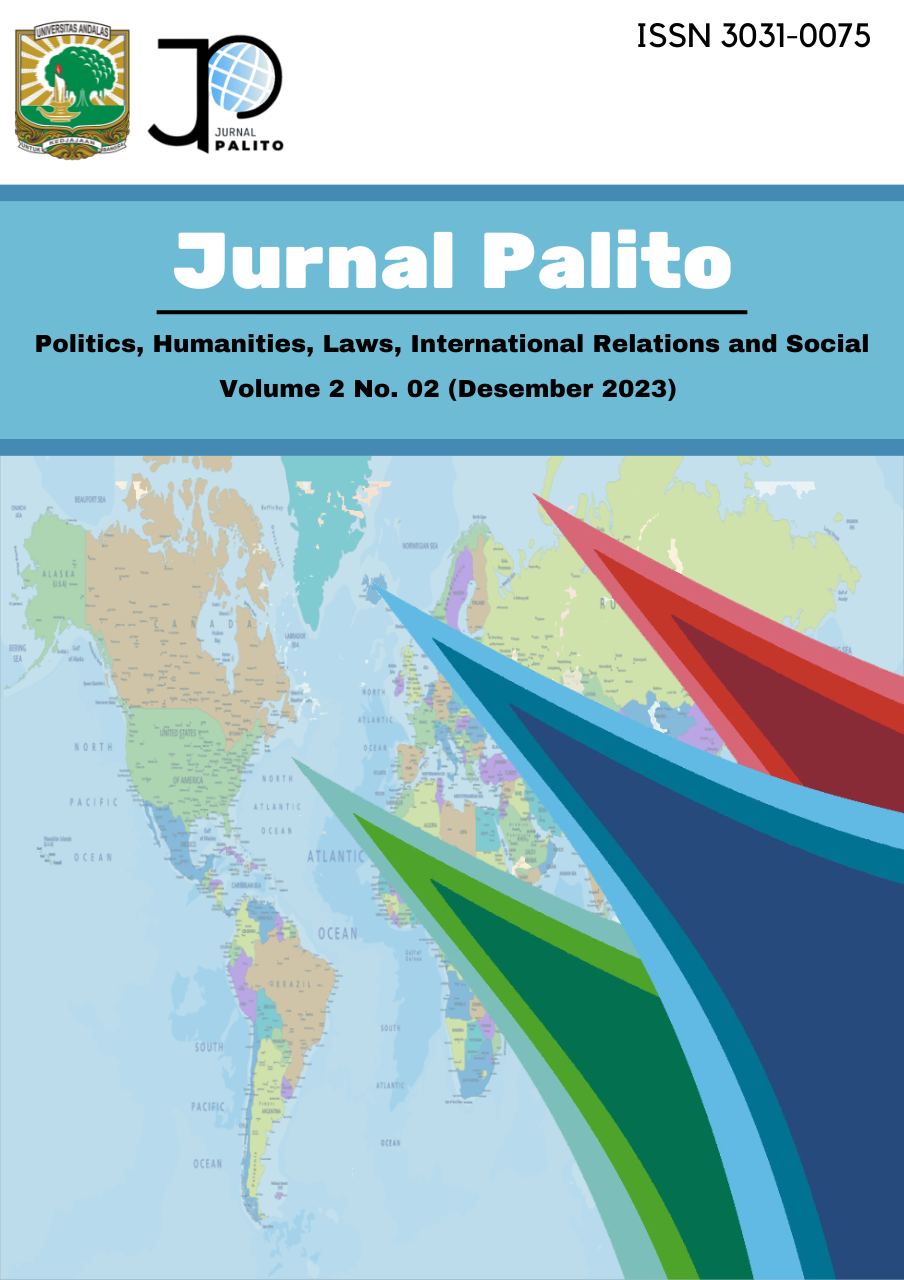The Dampak QR Code Cross Border Payment Terhadap Penggunaan Dolar Amerika Serikat di Kawasan Asia Tenggara
Keywords:
QR Code Cross Border Payment, ASEAN, Economic Integration, Local Currency Transactions, Dedollarization.Abstract
QR Code Cross Border Payment is one of ASEAN's policies that aims to increase the use of local currencies. The integration of the Local Currency Transaction Framework with QR Code Cross Border Payment has a role in increasing transaction efficiency, supporting the digitalization of trade and investment, and maintaining macroeconomic stability adopted from ASEAN economic integration. The research use qualitatitve methodology where the data for the research is obtained from various reading resources such as scientific journals, news, and official government website. This research analyzes QR Code Cross Border Payment in two relevant dedollarization policies conceptions from IMF Working Paper written by Annamaria Kokenyne, Jeremy Ley, and Romain Veyrune. The role of the government is seen after the ratification of the QR Code Cross Border Payment policy adopted into domestic regulations have an impact on increasing the use of local currencies in each country. Increasing the use of local currencies have an impact and no longer depend on the USD. The dedollarization policy in the payment system uses a domestic payment system and no longer uses the American network payment system such as MasterCard and uses foreign currencies. QR Code Cross Border offers a cheap and low-cost payment system.
Downloads
Published
How to Cite
Issue
Section
License
Copyright (c) 2024 Palito

This work is licensed under a Creative Commons Attribution 4.0 International License.








